What are the traditional Persian instruments?
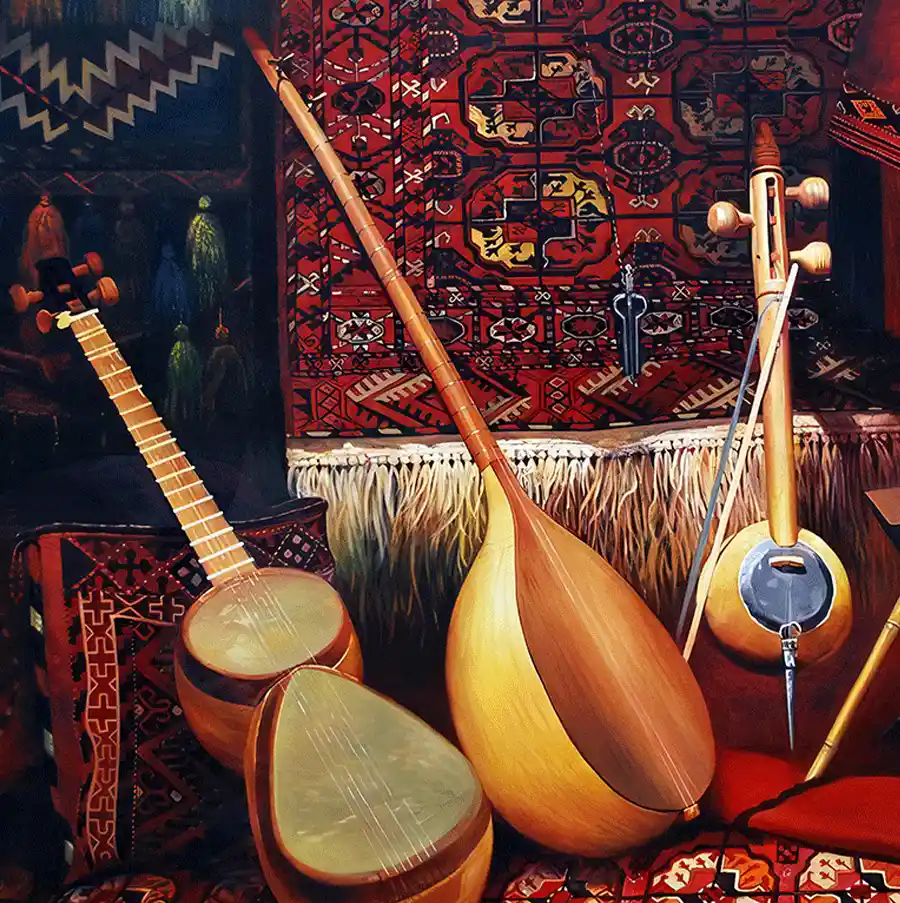
- Negin Masihi
- 22 July 2025
- Traditional Persian Music
- 4 minutes
Persian instruments
Have You Ever Heard the Soul of a Nation Through Strings?
Because that’s exactly what Persian music feels like.
It’s ancient, mystical, and wraps around your heart like a silk ribbon from a forgotten time. Iranian traditional instruments—especially the stringed ones—aren’t just tools for melody. They’re storytellers. They whisper tales of love, loss, victory, and the eternal dance between earth and the divine. Now, before I start sounding like a wandering poet with a Persian setar strapped to my back (okay, too late), let’s get into what’s really behind these magical sound-makers.
What Are Traditional Persian Instruments?
Iran’s musical history is deep. Like, Silk-Road-deep. Over centuries, empires came and went, and each one left its mark. Persian traditional instruments can be categorized into three main families: string, wind, and percussion. But today, let’s shine a spotlight on string instruments. Because when someone asks, “What’s that beautiful Persian guitar-sounding thing?”—you better know what to say.
What Is a Persian Guitar Called?
Let’s clear something up really quick. There’s no exact Persian “guitar.” But the instrument that feels like the Persian version of a guitar is the setar (yes, spelled with one “t”).
The setar has four strings, even though “se” in Persian literally means “three.” Confusing? Yep. Welcome to the magic of evolution in traditional music. Over time, another string was added to give the instrument a more dynamic range. Think of it as the introverted cousin of the Western guitar: soft-spoken, deep, and wildly poetic.
The setar is often used in Sufi music, making it more than an instrument—it becomes a spiritual bridge. You pluck its strings, and suddenly, you’re not in your living room anymore. You’re in a candlelit room in Shiraz, 400 years ago.
You might also enjoy: Persian instruments
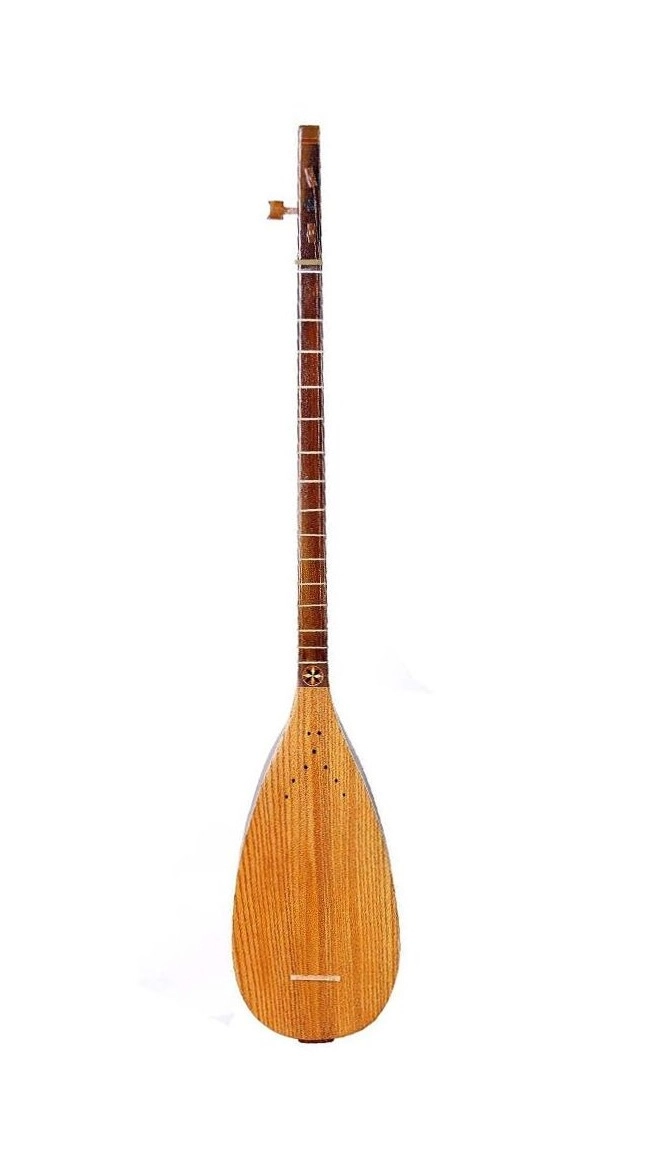
tabor
The National Instrument of Iran
While the Tar is widely regarded as the national instrument of Iran due to its central role in classical Persian music, other Iranian traditional instruments instruments like the Santur, Kamancheh, and Ney are also deeply rooted in Iranian culture and are sometimes considered national symbols as well. These instruments collectively represent the richness and diversity of Iran’s musical heritage.
What Is the Iran Three-String Instrument?
That would be the tanbur. And this one comes with a whole lot of history—and mystery.
The tanbur is one of the oldest instruments in the world, and it’s been used in spiritual ceremonies for centuries, especially among Kurdish and Ahl-e Haqq communities in western Iran. It has three strings, a pear-shaped body, and a deep, resonant tone that sounds like it came from a dream you forgot but somehow still remember.
Also—fun fact—many believe the tanbur to be the grandfather of many stringed instruments across Central Asia and the Middle East. Like the ancient source of a massive musical family tree.
Is Harp a Persian Instrument?
Short answer? Kind of.
The Persian harp—or chang—was definitely a thing. It was wildly popular in ancient Persia, especially during the Achaemenid era (yep, we’re talking 2,500 years ago). There are carvings of harpists in Persepolis to prove it.
But over time, it kinda faded out of the Iranian mainstream. Today, the harp isn’t commonly played in traditional Persian music, but its spiritual successor—the santur—carries that same vibe of floating melodies and celestial harmonies.
So while it’s not commonly used today, the harp definitely has Persian roots.
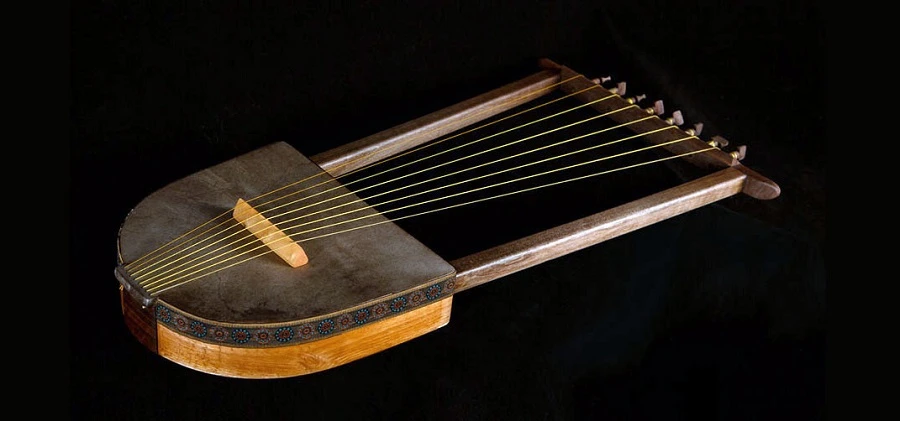
Persian harp (Arjan)
Conclusion
In conclusion, Iranian traditional instruments are a vital part of Iran’s rich cultural heritage. Persian string instruments like the setar, tanbur, and santur each carry a unique sound that has been passed down through centuries. These instruments are more than just musical tools; they are a reflection of Persian history, spirituality, and emotion. While Persian string instruments like the harp once played a prominent role in Persian music, their influence can still be felt in modern instruments like the santur, which continues to carry the legacy of ancient melodies.
Whether you are listening to the soft strums of the setar or the deep resonance of the tanbur, these instruments remind us of the timeless nature of Persian culture. If you want to dive deeper into the world of traditional Persian music, exploring these instruments is the perfect way to start. They offer a rich, immersive experience that connects the past with the present in a way that only music can.
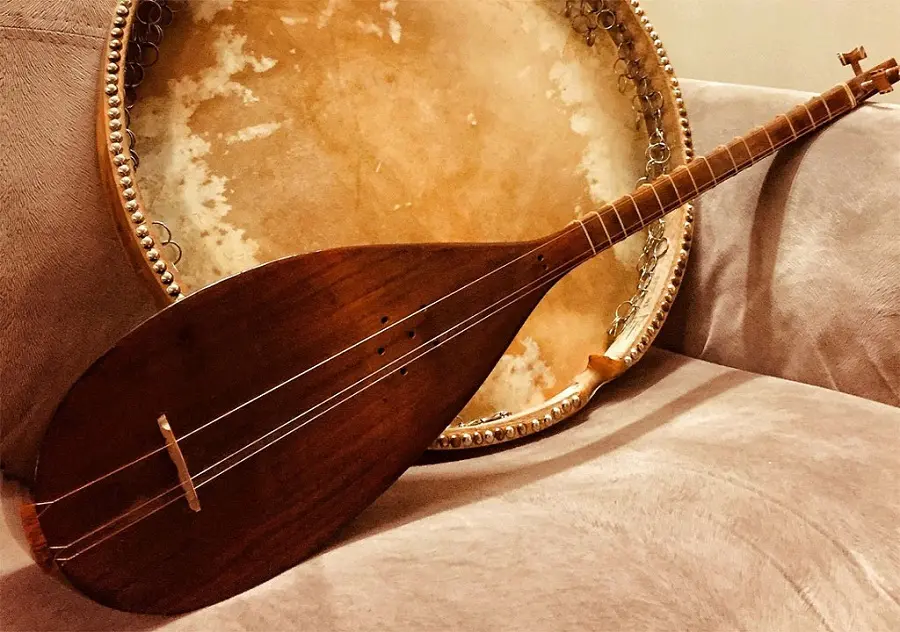
Iran instruments
Frequently Asked Questions of Persian instruments
What is the Persian instrument with strings?
There are several Persian string instruments, but the most well-known are:
- Santur: A hammered dulcimer with many strings (typically 72), played with two lightweight mallets.
- Tar: A long-necked lute with 6 strings, played with a small plectrum.
- Setar: A smaller lute-like instrument with 4 strings (despite the name “Setar,” which means “three strings”).
What are 72 stringed instruments?
The Santur is the Persian instrument with 72 strings. It is:
- A trapezoidal box with strings stretched over bridges.
- Played with lightweight mallets (called mezrab).
- Tuned diatonically (or sometimes chromatically in modern forms).
What is the Iran three string instrument?
Iran instruments historically known as the Setar (literally “three strings”) originally had three strings, but modern versions have four strings. It is:
- A long-necked, plucked lute.
- Played with the fingernail rather than a pick.
- Known for its soft, intimate sound, often used in Persian classical music.







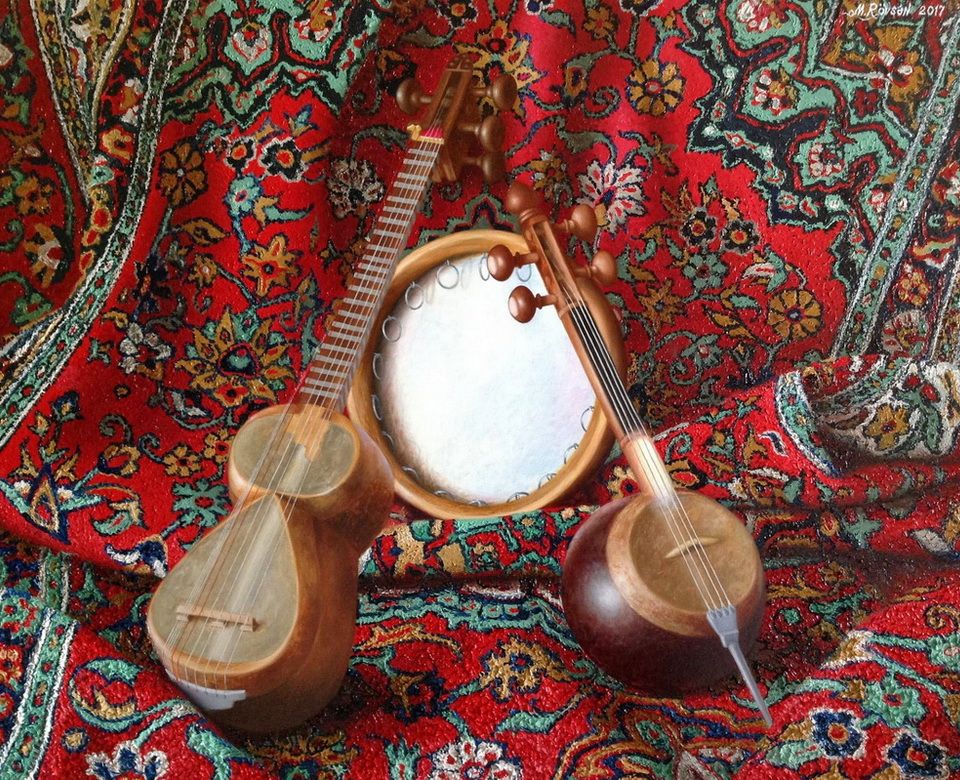
Comments